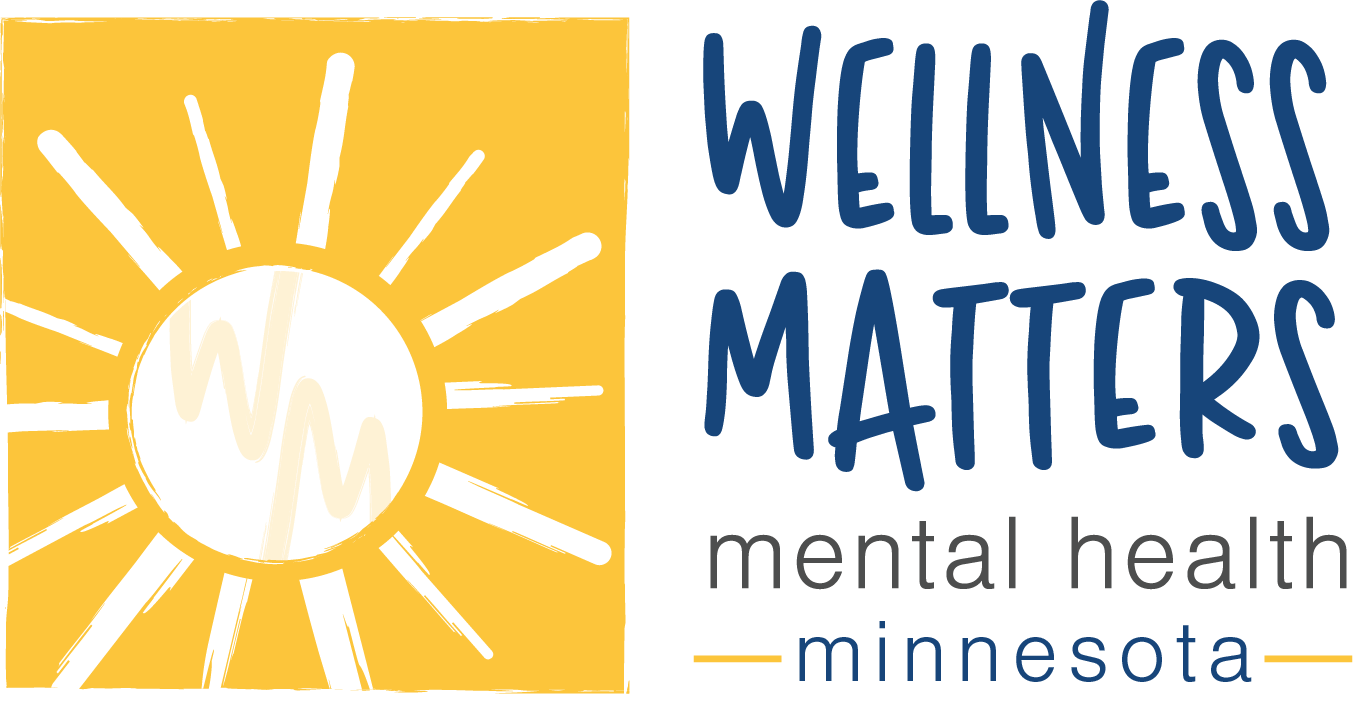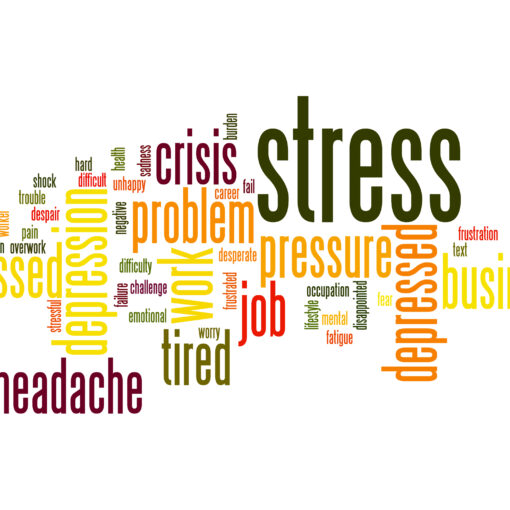By Emily Pierson, M.Ed., Licensed Clinical Professional Counselor

The spring semester of 2020 school year was just plain hard. Not to mention, every semester since then has been difficult as well. The COVID-19 pandemic sent schools across the country into a tailspin. Educators were forced to change everything and learn a brand-new teaching modality almost overnight. Distance learning was great in theory…and much more difficult in practice. Technical difficulties, presenting material, and submitting assignments online were just some of the issues. All while trying to make sure students were learning. Then came the 2020-21 school year with added uncertainty around hybrid schedules, continually changing teaching modalities, more quarantines, and other disruptions. Teachers have risen to meet the challenges and have continued to provide education to students across the country. And, it’s also no wonder that they are struggling.
A Quick Word About the Teachers
Even before the pandemic, educators were over worked.
It’s no secret that there was a teacher shortage in the United States even before the pandemic. Frontline Education surveyed 1,200 districts in the US about their experience with this and more than two-thirds reported a shortage (1). Districts struggled to fill positions with qualified teachers. Of the districts that reported shortages, some disciplines were particularly problematic:
- 71% reported difficulty filling positions in special education,
- 46% reported difficulty filling positions in secondary math, and
- 35% reported difficulty in filling paraprofessional positions (1).
The pandemic did not help the situation. In addition to teaching and keeping students engaged, teachers must develop online, take home, in person, and hybrid models.
Teacher Stress
A poll conducted in 2013 found that, in addition to nursing, teaching is one of the most stressful professions in America (2). A survey in 2017, found that 61% of teachers report job related stress, and 58% report that this stress negatively affects their mental health (4). This stress can cause a loss of effectiveness in the classroom and can lead to teacher burnout. Burnout often means teachers are changing jobs, contributing to the shortage of teachers in the United States (1).
Lesson planning, grading, classroom management, standardized testing, and meeting the needs of families and administrators are daily stressors. The pandemic poses another layer of stressors on top of the normal challenges. Teachers report difficulty forming relationships with children via online learning. In addition to in-class lessons, virtual learning adds to the workload, as teachers must answer emails from students and parents throughout the day (2). Once students are back in the classroom, new struggles are presented as safety and health protocols must be followed as well.
What Does Teacher Burnout Look Like?
The changes and uncertainty in the education system present a great deal of stress. Teachers also must balance their own family and personal life in addition to their work. When teachers are unable to maintain this balance, burnout can occur. Burnout or chronic stress in the workplace that leads to physical or emotional exhaustion is present in every profession and may look different from case to case (4). Some symptoms may include:

- Feeling detached from work
- Losing interest in your job
- Dreading the school week
- Thinking as though you’re ineffective
- Feeling as though you’re not making a difference
- Becoming unproductive
- Having poor job performance
- Always feeling tired
- Forgetting things
- Difficulty concentrating
- Anxiety or depression
This is not an exhaustive list. Symptoms of burnout will likely look different for everyone. Often times, we do not recognize burnout in ourselves. It is often noticed by loved ones who see changes in our behavior, mood, patience level and empathy levels.
What can teachers do to help themselves?
By now, the term “self-care” is nothing new. However, when you’ve reached burnout in your profession, it can be difficult to practice self-care. If you’re too exhausted from getting through the day, sometimes the last thing you want to do is exercise, or read, or do an activity (1). As cliché as it may sound, self-care continues to be important. Aside from the typical strategies that we know about, here are some other ways to think about self-care and help teachers process the past few years (3, 4, 5):
-
- Cover Your Basic Needs: Have you ever heard the expression “you can’t pour from an empty cup”? To some extent, it is very true. Teachers who are giving all of their time and energy to their work may feel like they have to do so. However, if we they don’t take care of their basic needs first, they won’t be able to work forever. At the very base level, we need to eat, sleep, stay hydrated and be healthy. If you are a teacher, are you making sure these basic needs are met? Another thing all people need is a sense of belonging. If all of your time and attention is focused on your work, then your relationships with friends, spouses, partners, children and family members may begin to suffer. Check out resources on Maslow’s hierarchy of needs for more information about this (5). Ask yourself if you are fulfilling your most basic needs?
- Set Boundaries: As hard as it may be, setting boundaries is very important in making sure your basic needs are being met. If you are working day and night, time is being taken away from other important areas and people in your life. Here are a few ideas:
- Take a break: Plan to take one or two days off once a quarter. If you have vacation days, use them. It’s what they are there for.
- Set time parameters: If you are working from home, stick to a regular work schedule. For example, start work at 7:30 a.m., and finish at 5 p.m. Regardless of what may still need to be done, you are “off the clock” at a designated time. Don’t open the computer, don’t check your work phone or email.
- Be productive: On the other side of that spectrum, make the most of your time when you are on the clock. Try to be present in your work, put your personal phone away, shut the door if you work from home, and do your best to stay focused so you can be as productive as possible.
- A day without work: Give yourself at least one day a week that doesn’t involve any work-related activities. Reclaim either Saturday or Sunday! Spend the entire day with your family, friends, or doing something you enjoy. Turn the computer off, leave the phone at home, and get out of the house for a bit.
Boundaries can be difficult to implement, especially if you feel pressured with deadlines, school district goals, and the need to help students. However, they are important. Remember; if you don’t prioritize your own self-care, who will? Sometimes the hardest person to set a boundary with is ourself.
- Get Help: If you are still feeling as though you have tried every “self-care” trick in the book, consider getting help. Talk to a trusted friend, peer, or pastor. Veteran teachers and administrators have a wealth of knowledge about how to manage teaching stress. Share your feelings with your spouse or partner. They may be able to tell you how they see your stress affecting you from a different point of view.

If you are struggling to use healthy coping skills, have on-going anxiety or depression that won’t go away no matter what you do, or are self-medicating with food, alcohol, or other substances, consider accessing your Employee Assistance Program (EAP) or seeking out a counselor or therapist. They can provide an unbiased opinion about your stress and are trained in helping others set boundaries, explore healthy coping skills, and process feelings and stress. They can also assess if an underlying issue is contributing to your stress levels.
Teachers today are being asked to recreate the educational system and to teach using methods most of them had never been taught. And they’ve done an amazing job adapting to changes and uncertainty. But that doesn’t come without a toll. Know that you are not alone if you are feeling burnt out, overwhelmed or as though you are struggling with changes. Prioritize your needs and those of your loved ones. Take time if you need it. Seek help if you feel you need it. You’re doing an amazing job in a difficult time. And your health matters too.
——————————————————————————————————————————————————————-

Emily offers a holistic approach to mental health and wellness. In addition to prioritizing mental well-being, she uses a strengths-based perspective to improve relationships and physical health. She is passionate about helping adults and teens set and meet realistic, achievable goals, while also meeting them where they are in their journey.
Emily was born and raised in Alaska, where she received her Master’s degree in counseling from the University of Alaska Fairbanks. After moving to the “Lower 48”, she has been working as a therapist for the past four years.
Emily has immediate telehealth appointment openings available through Wellness Matters LLC.
Read more about Emily and other Mental Health Therapists in the “About Us” tab.
References/Resources
1. The Teacher Shortage, 2021 Edition. Frontline Education. Retrieved from: https://www.frontlineeducation.com/blog/teacher-shortage-2021/. Accessed October 23, 2021.
2. ‘We Need To Be Nurtured, Too’: Many Teachers Say They’re Reaching A Breaking Point. Retrieved from: https://www.npr.org/2021/04/19/988211478/we-need-to-be-nurtured-too-many-teachers-say-theyre-reaching-a-breaking-point#:~:text=Pandemic%20Stress%20Has%20Pushed%20Teachers%20To%20A%20Breaking%20Point%20%3A%20NPR&text=Pandemic%20Stress%20Has%20Pushed%20Teachers%20To%20A%20Breaking%20Point%20Educators,before%2C%22%20one%20teachers%20says. Accessed October 23, 2021.
3. Reflecting on Teacher Wellbeing During the COVID-19 Pandemic. Regional Educational Laboratory Program. Retrieved from: https://ies.ed.gov/ncee/edlabs/regions/pacific/blogs/blog28_reflecting-on-teacher-wellbeing-during-COVID-19-pandemic.asp. Accessed October 25, 2021.
4. 8 Proven Ways to Overcome Teacher Burnout and Love Teaching Again. Retrieved from: https://www.prodigygame.com/main-en/blog/teacher-burnout/#symptoms. Accessed October 25, 2021.
5. Maslow’s Hierarchy of Needs in Education: Applying Maslow’s Hierarchy of Needs in Education. Education Library. Retrieved from: https://educationlibrary.org/maslows-hierarchy-of-needs-in-education/. Accessed October 27, 2021.



